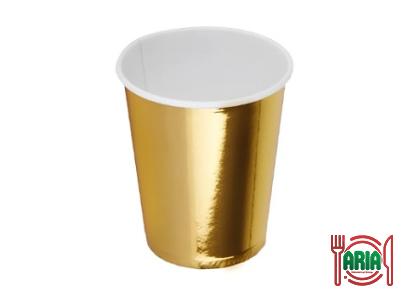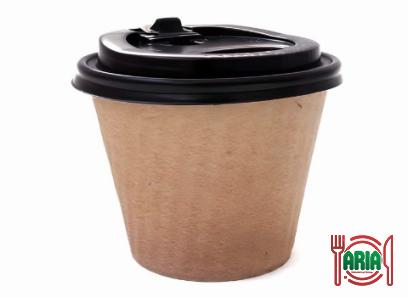The type of plastic an object is made of will determine whether or not it can be cleaned in a dishwasher. We want to know are plastic cutlery and containers safe in the dishwasher or not.
Plastic comes in many different shapes and is used in almost every part of our kitchens.
There are three different kinds of plastic: one that is tough and lasts a long time, like the kind used to make lunchboxes and knife handles; one that is soft and bendy, like the kind used to make coffee cups that can be folded; and one that is thin and clear, like the kind that is usually used for food storage containers or plastic bottles.
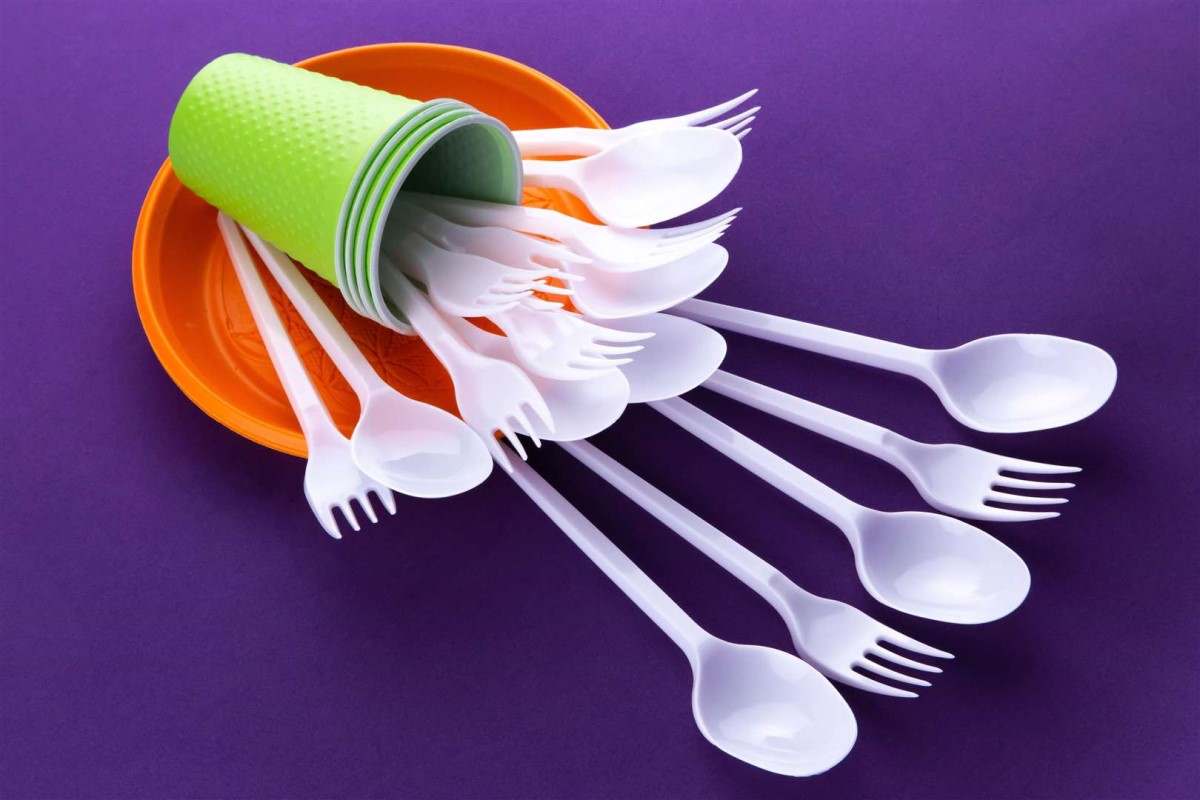
How safe it is to put something made of plastic in the dishwasher will depend on what kind of plastic it is.
Some kinds of plastic can melt, but not others. Some plastic items are made to withstand the heat and cleaning power of detergents that happen during a dishwasher cycle.
Most of the time, these products will say “safe for dishwashers” on the label, since they were made to be safe for dishwashers.
But if you’re still not sure, here are a few common types of plastic and how well they clean dishes, in case you need more information. If a plastic bottle or container is marked as reusable, you should be able to put it in the dishwasher.
However, there are a few things that need to happen first. When you wash these kinds of things, you should always put them on the top rack, which is far from the heating element, and you shouldn’t use intensive cleaning or sanitizing cycles.
Dishes and utensils made for use outside, baby bottles, plastic chopping boards, and acrylic glasses should all be made of plastic that can be cleaned in a dishwasher.
However, these items should be cleaned with extra care. No matter how strong the plastic is, it can still break when it is exposed to high temperatures.
Plastics that are meant to be thrown away, like food containers and water bottles, can’t be put in the dishwasher.
Not only are they made of a type of plastic that isn’t made to handle the heat, so they will melt and be useless, but the plastic used to make them isn’t made to handle heat either.
If a plastic product says “BPA-free,” it means that it does not contain bisphenol A (BPA), a chemical that makes the plastic more rigid.
Unfortunately, it has been found that BPA affects the food and drinks inside the containers, and there is some evidence that eating or drinking it may be bad for your health.
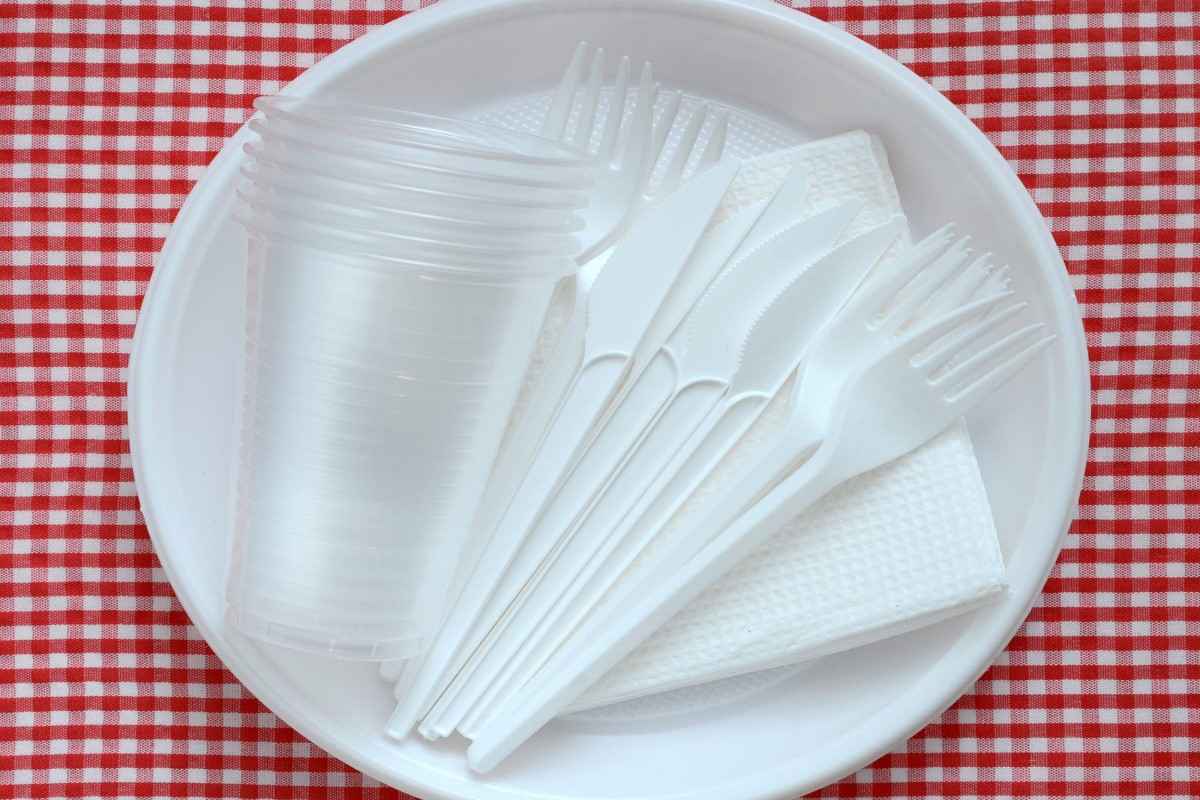
Because the heat from your dishwasher could cause BPA to leak out of plastics that contain it, you shouldn’t put plastics that contain BPA in the dishwasher2.
Even if BPA isn’t written on the label, you might not want to put some things in the dishwasher.
Some companies say that their products do not contain BPA, even though they use other chemicals (like BPS, BPF, and BPAF) that may have similar effects on health as BPA.
Before putting something in the dishwasher, you should first check to see if it contains BPA or not.
Not all items made of plastic can be cleaned in a dishwasher, and not all plastic plates, cups, or other containers come with a label indicating that they can be cleaned in a dishwasher. The answer to that question is with the manufacturer.
Because there appears to be a lot of confusion regarding what is safe and what is not, we need to be aware of the restrictions that apply to the use of plastic containers for food and beverages.
When the temperature is too high, the plastic may get distorted, warped, or discolored as a result. Some plastic food containers might get damaged over time, even though they are certified as being suitable for use in the dishwasher.
I’ve seen containers and lids that are supposed to be dishwasher safe distort and turn white. They also have the potential to melt.
Understanding all of the many kinds of plastics and how their characteristics differ may be a challenging task.
In general, polypropylene is the most popular type of plastic that is used for food storage lids and containers since it is suitable for use on the top rack of the dishwasher and may be washed many times.
The temperature at which this type of plastic may be used in food preparation is 210 degrees Fahrenheit, and the number 5 recycling sign can be used to identify it (PP for polypropylene).
If the plastic object that you are placing in the dishwasher is not clearly labeled as being appropriate for use in the dishwasher, then you run the danger of destroying the structure of the container as well as exposing whoever uses the item to potentially harmful chemicals.
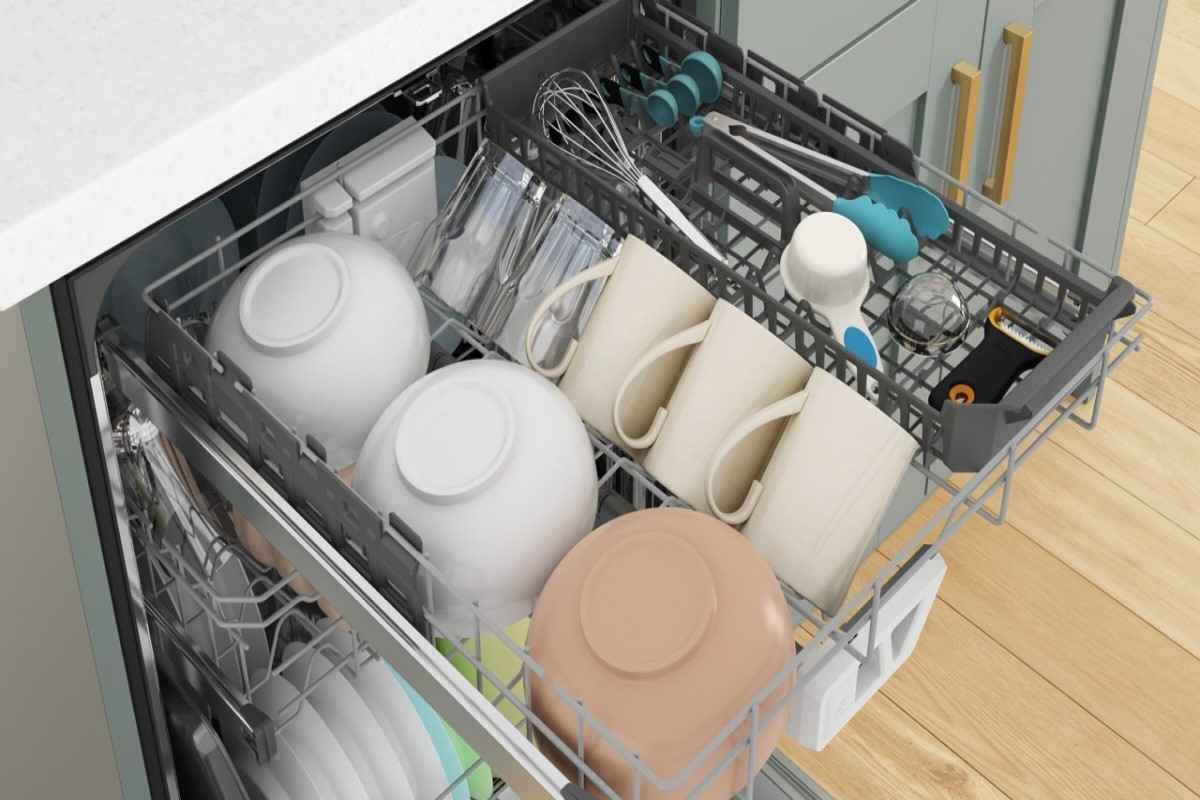
Plastic products that have recycling codes 3, 6, and 7 should also be avoided.
These codes relate to phthalates, styrene, and bisphenols, respectively.
To say that an item is dishwasher safe is to essentially say that it has been treated at some point during the manufacturing process to ensure that the prolonged high temperatures of the dishwasher and the highly effective detergents do not compromise the items and cause them to become damaged in any way.
Although it is essential to emphasize the following point, dishwasher-safe plastic is not indestructible and will show signs of wear and tear over time; thus, it is advised that it be replaced at regular intervals.
Checking for a matching symbol below an item or a label that reads “dishwasher safe” is the most popular and reliable technique to determine whether or not anything can be cleaned in a dishwasher.
Plastics that have a low melting point, glass designed for use in the kitchen and ceramics that have been glazed may all be cleaned in the dishwasher.
If the object can remain usable despite sudden shifts in temperature, then everything is fine to go with it. It is generally agreed that the top rack of the dishwasher is the best location for plastics.
This is because the heating element of your dishwasher is located on the bottom, which means that it has the potential to melt or warp items, even if they are labeled as being safe for the dishwasher.
When washing plastic, it is preferable not to choose cycles like the “sanitize” cycle that utilize a higher wash or dry temperatures since these cycles might cause the plastic to become warped.
Dear buyers, you can refer to our site to get the information you need to buy different types of disposable plastic cutlery and containers and prices.


